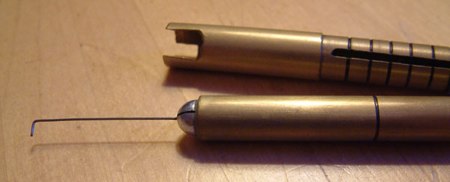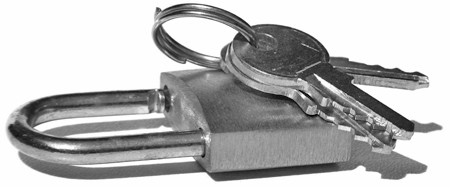
This month’s Wired magazine has an extensive profile of [Marc Weber Tobias]. He’s a professional lock picker that delights in coming up with new techniques for taking on high security locks. In recent years, he’s run afoul of the US’s premier high security lock manufacturer, Medeco, by publishing Open in Thirty Seconds with [Tobias Bluzmanis]. Medeco still denies that this is even possible. Wired decided to to test the team by purchasing six new cylinders and timing them. Each one was open in under nine minutes. You can see a video of this on Wired’s site.
Last fall we covered a decoding attack against Medeco locks by [Jon King].
[via blackbag]













